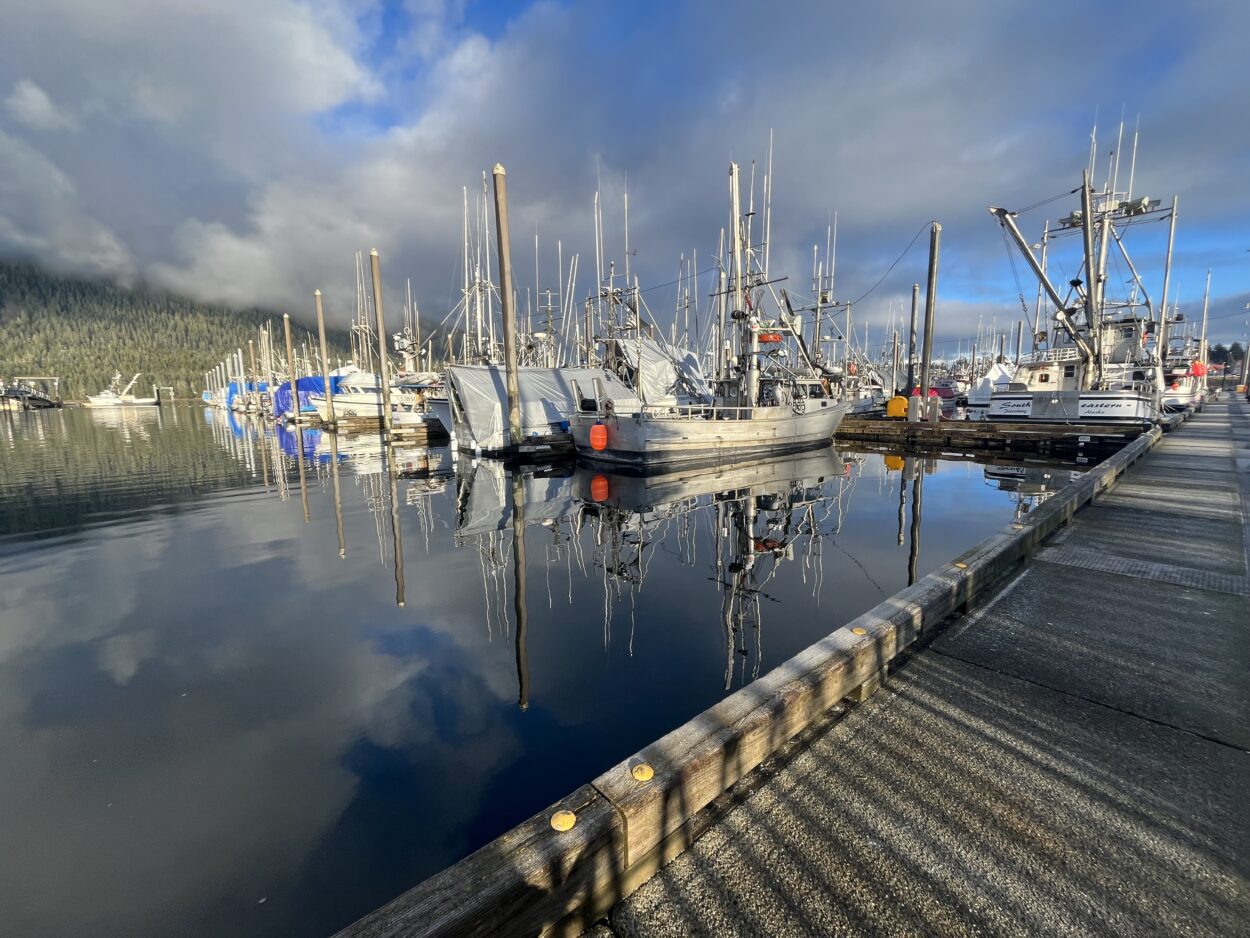
Alaska lawmakers heard overwhelming opposition to a bill last Wednesday that would allow electronic monitoring in state fisheries.
As KFSK’s Hannah Flor reports, most of the fishermen and industry representatives were concerned with the cost to fishermen.
Senate Bill 209, and its companion bill in the House, would allow the state’s Board of Fisheries to require electronic monitoring in state fisheries. The program would be managed by the state Department of Fish and Game. Commissioner Doug Vincent-Lang told the Senate Labor and Commerce Committee the bill is meant to create another tool for fisheries enforcement.
“I think the question comes down to – right now the only tool that the board has, when they’re concerned about a fishery, and the potential for some kind of violation occurring in that fishery, is to put an observer on board the board, they don’t have any other options,” he said. “So I think adding this tool to the toolbox gives the board another option.”
The bills were introduced last month by Gov. Mike Dunleavy. They would make it possible to use electronic monitoring in place of mandatory observers aboard fishing vessels. Currently, only a few state-managed fisheries require observers. Vincent-Lang said that the small size of many fishing boats makes it difficult to find space for an observer.
“On a small boat, electronic monitoring would not inconvenience the boat operator by having to bunk that person and have them on the deck space while they’re fishing,” he said. “That would be an opportunity not to inconvenience that boat owner with those kinds of presences on the deck.”
And, he said, the price tag of electronic monitoring would be significantly cheaper than the cost of observers. Fishermen have to pay to have observers on their boats. They would also have to pay for the electronic monitoring equipment. According to an analysis by the North Pacific Fisheries Management Council of one electronic monitoring program, installation of electronic monitoring equipment could cost more than $17,000 per boat with annual maintenance costs at more than $5,000 per boat.
Sen. Forrest Dunbar, D – Anchorage, said that since very few state-managed fisheries require observers, it’s inaccurate to compare the cost of observers to the cost of electronic monitoring.
“It’s not really we’re reducing costs from observer to electronic, we’re sort of going from nothing to electronic monitoring, which would be potentially a significant increase in costs for these boats,” he said.
Tracy Welch is the executive director of United Fishermen of Alaska. She told the committee the group opposes Senate Bill 209 in part because of the expected cost to fishermen. She said she’s concerned that many fishermen cannot afford those costs, especially given the current state of the seafood industry.
And she says there’s another problem. If electronic monitoring is mandatory, equipment failures could mean that fishermen would not be able to fish until the equipment is repaired.
“I talked to one of my board members yesterday who is currently facing equipment issues for a cod fishery and he is currently waiting for someone to come to his boat to fix it, and he cannot leave until that happens,” she said. “So if this is really about enforcement, can we possibly put more money towards enforcement rather than electronic monitoring?”
Charlotte Levy is the Natural Resources Assistant Director with the Aleutians East Borough. She’s spent the last six years working with fishermen in the region to develop an electronic monitoring, or EM, program in the federal fisheries.
“I can’t stress enough that EM programs are very complicated. They are resource intensive and just as burdensome as observer programs, and should be given the same rigorous vetting, prior to considering a new program,” she said.
She said that federal electronic monitoring programs were based on existing observer programs.
“The state currently does not have this level of infrastructure, and it’s worth considering what type of resources and funding the state has to develop a new monitoring program where none currently exists,” she said.
All comments – both verbal and written – expressed opposition to the bill as it is currently written. Most were concerned with the potential cost of the program to fishermen. Some cited concerns with government overreach and surveillance.
The senate bill remains pending in the Labor and Commerce Committee. A similar bill in the Alaska House has not yet received a hearing.











